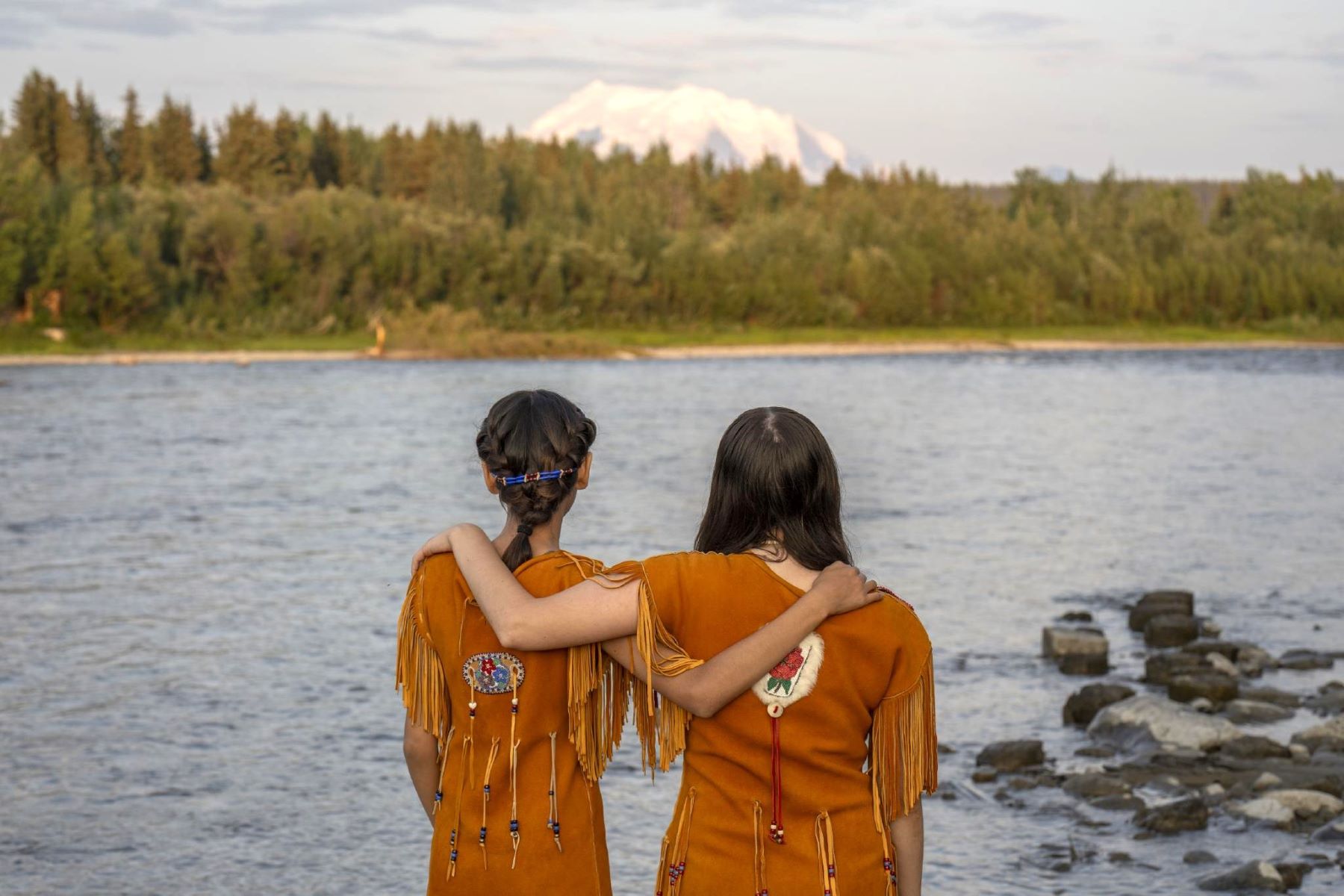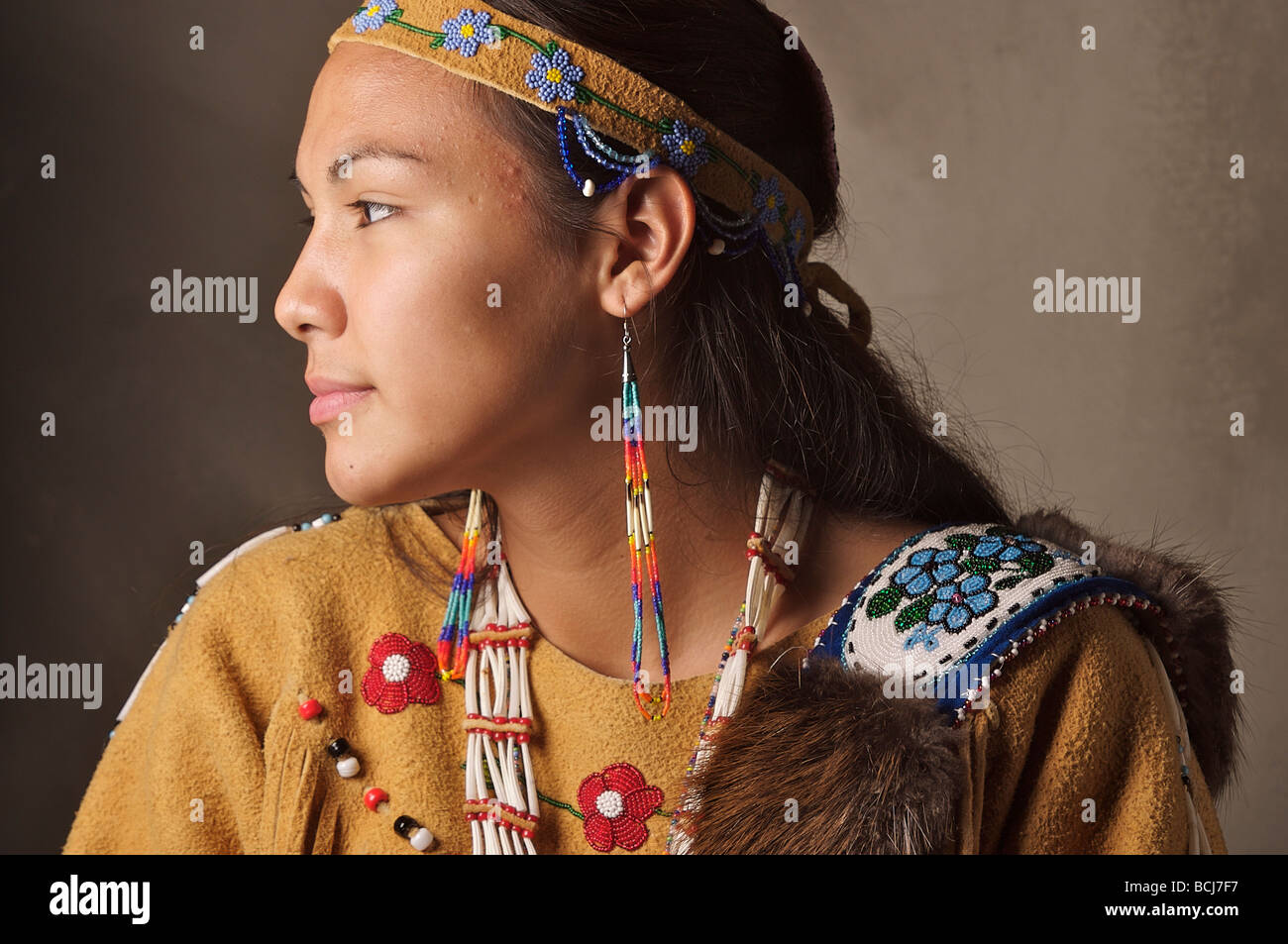
The Unseen Trails: Reviewing the Athabascan Caribou Migration Landscape
Our journey today isn’t to a physical landmark marked by GPS coordinates, nor a bustling city square. Instead, we’re reviewing a destination far more profound and expansive: the Athabascan historical caribou migration landscape. This isn’t a place you simply visit; it’s a living, breathing tapestry of interconnected territories, oral histories, and ecological wisdom, made accessible through the extraordinary lens of Athabascan historical caribou migration maps. To truly "review" this location is to immerse oneself in a worldview where land, animal, and human existence are inextricably linked, offering a travel experience unlike any other.
The Destination: Beyond the Horizon Line
The "location" we’re exploring spans vast territories of interior Alaska, Yukon, and the Northwest Territories – the traditional lands of various Athabascan-speaking peoples. What makes this particular "place" unique and review-worthy for a discerning traveler is not its scenic beauty alone (though it possesses that in abundance), but its deep historical and cultural layers, primarily understood through the lens of caribou migration.

For millennia, the caribou have been the lifeblood of Athabascan cultures. Their movements dictated settlement patterns, hunting strategies, trade routes, and even spiritual beliefs. The Athabascan historical caribou migration maps are not static cartographic representations in the Western sense; they are dynamic repositories of survival, memory, and an intimate understanding of the boreal forest and tundra ecosystems. When you engage with these "maps," you’re not just looking at lines on a page; you’re peering into the heart of an enduring human-animal relationship that shaped an entire civilization.
A Cartography of Survival: The Caribou Nexus
To understand the Athabascan caribou migration landscape is to understand the caribou itself. These magnificent animals, often migrating hundreds of miles between calving grounds, summer pastures, and wintering areas, were the ultimate navigators. Athabascan people, in turn, became masters of tracking and predicting these movements. Their "maps" were not always drawn on parchment. More often, they were held in memory, etched into oral traditions, sung in songs, recounted in stories, and marked on the land itself through cairns, trails, and seasonal camps.
The "data points" on these maps weren’t just geographical features; they were seasonal availability of berries, prime fishing spots, safe river crossings, historical hunting success rates, and the locations of various caribou herds (such as the Porcupine Herd or the Fortymile Herd). Each detail was crucial for survival in a challenging subarctic environment. A misjudgment of caribou movement could mean starvation for a community. Thus, these maps were not mere guides; they were encyclopedias of ecological knowledge, passed down through generations, constantly updated with new observations and experiences.

The Athabascan Atlas: More Than Just Lines
One of the most compelling aspects of "visiting" this Athabascan caribou migration landscape is encountering the unique nature of Indigenous cartography. Unlike Western maps, which often prioritize fixed, objective representations of space, Athabascan maps are inherently relational, dynamic, and often imbued with personal and communal narratives.
When reviewing historical accounts or engaging with contemporary Indigenous knowledge holders, you’ll find that these "maps" often emphasize:
- Temporal Dimensions: They aren’t just about where things are, but when they are. A river crossing might be safe only at a certain time of year; a hunting ground productive only during specific seasons. The maps inherently integrate the rhythm of the seasons and the caribou’s annual cycle.
- Narrative and Memory: Journeys were recounted through stories, songs, and place names. Each name wasn’t just a label; it was a mini-narrative, often describing an event, a resource, or a warning. These narratives became the navigational anchors, forming a "memory palace" for the entire territory.
- Relational Geography: The maps focus on the relationships between land features, resources, and human activities. A mountain isn’t just a peak; it’s a place where certain plants grow, where caribou shelter from storms, or where a significant event took place.
- Perspective and Purpose: Maps were often drawn for specific purposes – to guide a hunting party, to describe a journey, or to teach the young. The "scale" and "orientation" could shift depending on the context and the storyteller’s perspective.

To "read" these maps is to engage in active listening, to understand the nuances of language, and to appreciate the depth of observation that went into their creation. It’s a profound shift from passively consuming information to actively participating in its understanding.

Embarking on the Experiential Journey
So, how does one "travel" to this unique destination? It’s not about booking a flight to a specific airport, but rather embarking on a multi-faceted journey of intellectual and, ideally, physical immersion:
- The Archives and Museums: Begin your expedition by exploring historical records, anthropological studies, and museum exhibits. Institutions like the Alaska Native Heritage Center (Anchorage), the Yukon Beringia Interpretive Centre (Whitehorse), or the Prince of Wales Northern Heritage Centre (Yellowknife) often feature displays on Athabascan culture, caribou, and traditional land use. While they may not have "maps" in the Western sense, they showcase artifacts, oral histories, and cultural practices that embody this mapping tradition. Look for detailed ethnographic accounts of specific Athabascan groups and their relationship with caribou.
- Academic and Indigenous Publications: Dive into the rich body of work by Indigenous scholars and anthropologists who have documented Athabascan traditional ecological knowledge. These resources often present Indigenous perspectives on mapping and land use, providing crucial context that Western cartography often omits.
- The Living Landscape: The true immersion comes from visiting the lands themselves. This requires respect, preparation, and ideally, guidance from Indigenous community members. Imagine trekking through the boreal forest in interior Alaska or the Yukon, and consciously connecting the physical landscape to the knowledge gleaned from the "maps."
- Following Caribou Trails (Figuratively): While direct caribou tracking requires specialized skills and permits, simply hiking or paddling in areas known for caribou migration allows you to observe the terrain with a new appreciation. Notice the subtle changes in vegetation, the direction of ridges, the flow of rivers – all elements that would have been crucial for traditional navigators.
- Connecting Place Names to Stories: If you have the privilege to learn some Athabascan place names and their associated stories, the landscape transforms from a collection of geographical features into a deeply meaningful narrative space. A mountain is no longer just a mountain; it’s "the place where the old man found the lost caribou calf."
- Seasonal Observation: Experience the land in different seasons. See how the rivers change, how the forest floor transforms, and how the light shifts. This cyclical understanding is fundamental to Athabascan mapping and ecological wisdom.
The Unseen Landmarks: What You Will Discover
Engaging with the Athabascan caribou migration landscape offers several unparalleled "attractions":
- Profound Ecological Wisdom: You’ll gain an unparalleled appreciation for the depth of Indigenous ecological knowledge – a wisdom born from millennia of direct observation and intimate connection with the environment. It challenges modern, often superficial, understandings of conservation.
- A Testament to Resilience: This journey is a powerful testament to human adaptability and resilience. The Athabascan peoples not only survived but thrived in a harsh environment by developing sophisticated systems of knowledge and resource management.
- A Deeper Connection to Place: By understanding the land through an Athabascan lens, your own connection to natural environments will deepen. You’ll learn to see beyond the surface, to appreciate the stories, histories, and ecological processes embedded within every landscape.
- A Challenge to Western Perspectives: This experience actively challenges Western-centric notions of cartography, history, and even scientific inquiry. It encourages a more holistic, relational, and respectful approach to understanding the world.
- A Living Legacy: You’re not just studying history; you’re engaging with a living cultural legacy. Many Athabascan communities continue to maintain strong connections to their traditional lands and caribou.
Navigating Your Own Expedition: Practical Insights
This isn’t a package tour, but a deeply personal and often challenging expedition. Here are some practical insights:
- Respect and Reciprocity: Approach this journey with utmost respect for Athabascan cultures, traditions, and knowledge holders. Seek permission, listen actively, and consider how you can reciprocate the knowledge shared with you. Support Indigenous-led tourism initiatives where available.
- Education is Key: Prioritize extensive research before any physical travel. Understand the historical context of colonization and its impact on Indigenous communities and their traditional lands.
- Safety in the Wild: If venturing into remote areas, be prepared for wilderness conditions. This means proper gear, navigation skills, and awareness of wildlife. Do not attempt extended backcountry travel without experience or a qualified guide.
- Cultural Centers as Gateways: Start with Indigenous cultural centers. These are invaluable resources for learning directly from community members and understanding contemporary issues.
- Patience and Open-Mindedness: The knowledge contained within these "maps" is vast and complex. Allow yourself time to absorb, reflect, and challenge your own assumptions.
The Verdict: A Journey into Profound Understanding
In reviewing the Athabascan historical caribou migration landscape, I can unequivocally state that it is a destination of unparalleled depth and significance. It earns a five-star rating not for its luxury amenities or ease of access, but for its transformative power. It’s a "trip" that transcends mere sightseeing, offering a profound education in ecology, history, culture, and the very essence of human connection to the natural world.
This isn’t just about maps; it’s about a worldview. It’s about understanding that the land is not merely a resource but a relative, a teacher, and a provider. To engage with the Athabascan caribou migration maps is to embark on an intellectual and spiritual journey that will forever change how you perceive landscapes, history, and the enduring wisdom of Indigenous peoples. It’s an essential expedition for any traveler seeking not just to see the world, but to truly understand it.
